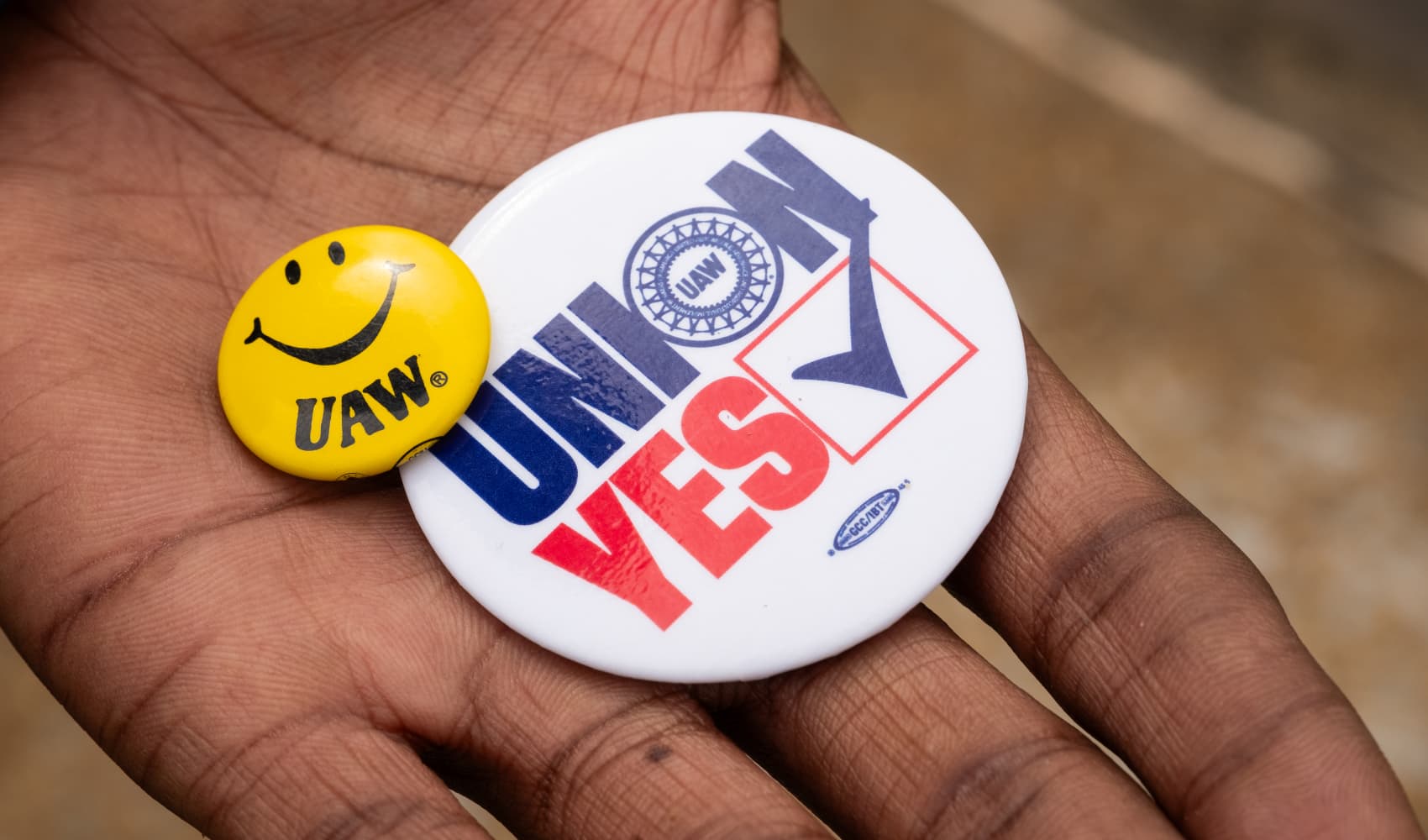The U.S. Department of Homeland Security is going high tech at the Otay Mesa Border Crossing, stepping up their testing of biometric technology.
Three machines at the port of entry scan the eyes and facial features of most non-U.S. citizens crossing into Mexico. The U.S. Customs and Border Protection's goal is to match a person’s entry into the U.S. with their exit.
It could help track people staying in the country on expired visas, a group that makes up nearly half of those in the U.S. illegally.
“The ultimate goal is to enhance our security by knowing who's entered the country and who's exited the country properly, and also to know who's in front of us, the person in front of us is truly the person that's pictured on that document,” said Charmaine Rodriguez, the assistant port director.
But the ultimate goal is still a long way off. For now, the mission is to test the high-tech equipment, designed to make a database of non-U.S. citizens coming into the country.
The biometric technology was rolled out in December as Customs and Border Protection began checking pedestrians crossing into the U.S. through Otay Mesa.
Now, those same machines are set up for pedestrians leaving the U.S. as well. Another machine uses what DHS calls “on the move” technology, which works like a Fast Trak freeway device so the pedestrian can simply walk by the camera.
U.S. & World
News from around the country and around the globe
A slower option is the “pause and look” machine; it requires pedestrians to pause for five seconds and get scanned.
“The majority of the technology is meant to be minimally intrusive on the traveler, and most of the process takes anywhere between one and seven seconds, with the longest process probably taking about 10 seconds for a non U-S traveler,” said Rodriguez.
The testing is all part of a Congressional mandate to use biometric technology. For now, it's being used at the Otay Mesa Pedestrian crossing Monday through Friday from 7 a.m. to 10 p.m.
The second phase of testing will end on June 30. At that point, they'll evaluate the technology and decide which machine works the most effectively and how it will be put in use moving forward.



